7 Types of Insulation Every Homeowner Should Know

Insulation plays a crucial role in enhancing the energy efficiency of homes and commercial buildings by reducing heat transfer. Homeowners undertaking insulation projects have a variety of options to choose from, each with its unique characteristics. Fiberglass insulation, composed of tiny glass fibers, is a common choice for walls and attics. Cellulose insulation, made from recycled paper products, is often blown into wall cavities. Foam board or rigid foam insulation comes in panels and is suitable for insulating exterior walls or under concrete slabs. Spray foam insulation, applied as a liquid that expands to form a foam, is excellent for filling gaps and hard-to-reach spaces. Mineral wool insulation, created from molten glass, stone, or slag spun into fibers, is fire-resistant and versatile. Cotton (denim) insulation, made from recycled denim, offers an eco-friendly option for walls and ceilings.
Sheep’s wool insulation is a natural and sustainable choice with good thermal properties, while cork insulation is harvested from the bark of cork oak trees, providing a renewable and insulating material. Straw insulation involves using bales of straw, often in combination with other methods. Reflective insulation, with a surface designed to redirect heat, is commonly used in attics or in conjunction with other insulation types. Each type has its advantages, and factors such as R-value, cost, environmental impact, and suitability for the specific area being insulated should be considered. Consulting with professionals is recommended to make informed decisions based on the unique needs and circumstances of the project.
Insulation Basics
When undertaking a home renovation project that involves insulation, one of the key factors to consider is the R-value of the insulation product. The R-value serves as a crucial measurement of a material’s resistance to heat flow. Essentially, the higher the R-value, the more effective the insulation will be in reducing the flow of heat through the material.
It’s important to note that not every home requires insulation with the highest R-value. Homes situated in regions with consistently warm or mild climates may not necessitate the maximum insulation resistance. While insulation remains vital for maintaining a cool interior during hot months, opting for insulation with a suitable R-value for the specific climate is essential.
Among the various insulation options available, fiberglass is a commonly chosen material due to its affordability and ease of installation. However, it’s imperative to wear proper protective gear when handling fiberglass.
Cellulose insulation, derived from recycled paper products, is another eco-friendly option. Some manufacturers incorporate borate into the formula to enhance resistance to fires and insect infestations.
Foam insulation, known for its ease of installation and cost-effectiveness, is a favored choice among DIYers, with rigid foam board insulation being popular for home renovations.
Mineral wool, including rock wool or slag wool, is crafted from natural minerals and, in some cases, includes slag, enhancing its resistance to fire.
Denim insulation, made from recycled denim, is a pricier option but contributes to reducing eco-waste.
For those inclined towards eco-friendly alternatives, natural fibers such as cotton, straw, hemp, and sheep’s wool can be used for home insulation. However, these materials often require treatment to bolster resistance to fire, mold, and insect infestations. Carefully considering the R-value and the specific needs of your home will help in making an informed decision on the most suitable insulation for your renovation project.
Safety Considerations
When preparing for insulation installation, it’s crucial to be mindful of potential hazards and risks associated with each type of material being used. Personal protective equipment (PPE) is essential for ensuring safety during the installation process. Wear closed-toe shoes, long pants, a long-sleeve shirt, safety gloves, safety glasses, and a mask when working with any insulation material.
For installations involving batts, rolls, blown-in insulation, or spray foam insulation, proper ventilation is key. Open windows and doors, and set up one or more fans to ensure adequate air circulation. This precaution is necessary to prevent skin irritation and respiratory issues that may arise from exposure to insulation materials.
DIYers should exercise caution when working with existing insulation, especially in older homes. There is a potential risk of encountering asbestos insulation in homes built before certain regulations were in place. If asbestos insulation is suspected or identified, it’s crucial to halt the installation process immediately. Seek professional assistance from trained and licensed asbestos remediation contractors to ensure the safe removal of asbestos insulation before proceeding with the installation of new insulation.
Prioritizing safety measures and being aware of potential risks associated with insulation materials will contribute to a successful and secure installation process. If there is any uncertainty or concern regarding the presence of hazardous materials like asbestos, consulting with professionals is always the safest course of action.
1.Concrete Block Insulation
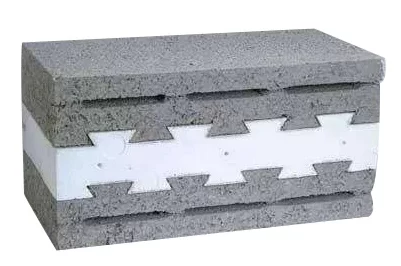
Concrete block insulation is well-suited for various applications, particularly for unfinished walls, foundation walls, new construction, and major renovations. This type of insulation is made from foam boards or foam beads and offers effective thermal insulation properties.
For new construction projects, the boards can be placed on the outside of a concrete wall, while in existing homes, they can be applied to the inside of the wall. Additionally, foam beads are utilized in new constructions by mixing them into the concrete to enhance the R-values of the concrete mix. This integration helps improve the overall insulation performance of the structure.
The use of concrete block insulation on the exterior of concrete walls aids in moderating indoor temperatures. Autoclaved aerated concrete or autoclaved cellular concrete can also be employed in conjunction with concrete block insulation to significantly increase the insulating value of conventional concrete, sometimes up to 10 times.
However, it’s important to note that installing concrete block insulation typically requires specialized skills. Due to its intricacies and the need for precise installation, it may not be the most suitable option for a DIYer. Professional expertise is often recommended to ensure the proper application of concrete block insulation for optimal results in terms of energy efficiency and insulation performance.
2.Insulating Concrete Forms (ICFs)

Insulating Concrete Forms (ICFs) are an excellent choice for insulating unfinished walls and foundation walls in new construction. ICFs are installed as part of the building structure and are particularly effective in enhancing the thermal resistance of a structure.
ICFs typically consist of foam boards or foam blocks with cores that are filled with concrete. This combination creates a high level of thermal resistance, making ICFs a valuable option for energy-efficient construction. The foam component provides insulation, while the concrete adds structural strength and thermal mass.
It’s important to note that ICFs are specifically designed for new construction projects and are not suitable for upgrading insulation in existing homes. The installation of ICFs is a specialized process that involves the integration of insulation and structural components. Due to this complexity, ICF installation is typically carried out by trained professionals and is not recommended as a DIY project.
For those undertaking new construction projects and aiming for optimal energy efficiency, insulating concrete forms can be a valuable investment, providing both insulation and structural benefits. Consulting with professionals experienced in ICF installation is essential to ensure proper implementation and maximize the performance of this insulation method.
3.Blanket Batts and Rolls
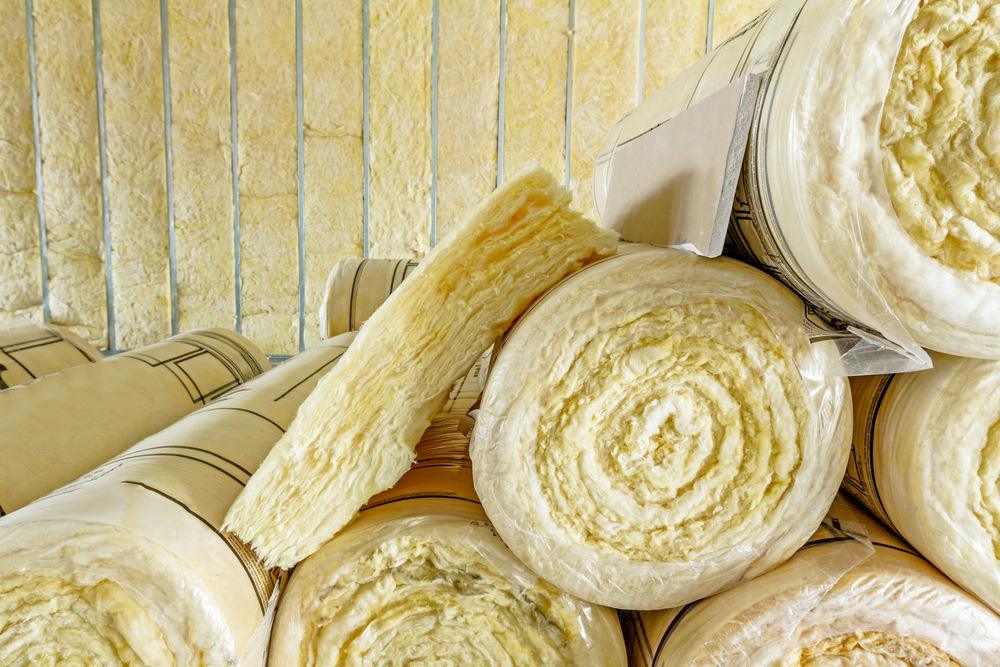
Blanket batts and rolls are versatile and commonly used for insulating various areas in both existing and new construction homes. They are suitable for floors, ceilings, unfinished walls, and foundation walls, offering flexibility in insulation applications.
Typically made from materials such as fiberglass, mineral wool, plastic fibers, or natural fibers like sheep’s wool, blanket batts and rolls provide effective thermal insulation. The flexibility of these materials allows for easy installation in spaces with irregular dimensions or structures.
One notable advantage of blanket batts and rolls is their suitability for DIY projects. With the proper protective equipment, homeowners can install them with relative ease, making them a popular choice among DIYers. The cost-effectiveness of blanket batts and rolls further enhances their appeal, providing an affordable option for those looking to insulate their homes without exceeding their renovation budget.
Whether insulating existing walls, floors, or ceilings, blanket batts and rolls offer an accessible and efficient solution. However, it’s important to ensure proper installation to maximize their effectiveness in providing thermal insulation and energy efficiency benefits.
4.Reflective or Radiant Barrier Systems
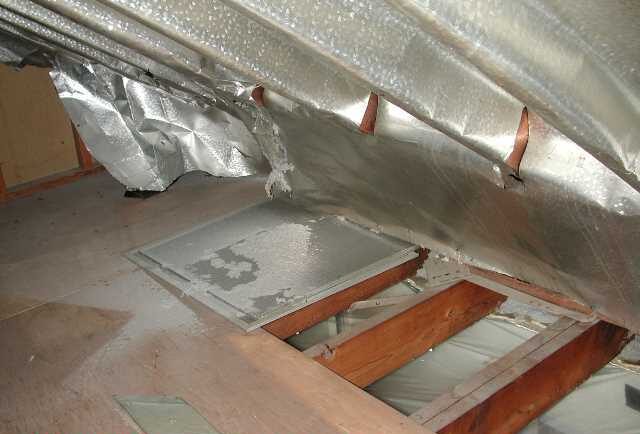
Reflective or radiant barrier systems are well-suited for light-duty insulation applications in ceilings, floors, and unfinished walls. These systems are affordable and typically consist of materials such as reflective foil-faced kraft paper, plastic film, polyethylene bubbles, or cardboard, depending on the specific product.
The thin and flexible nature of reflective or radiant barrier systems makes them easy to install in various spaces. They can be applied around ventilation ducts and inserted between wood studs, joists, rafters, and beams. Additionally, they can be effectively used on unfinished walls, ceilings, and floors to provide insulation.
DIYers can readily use reflective or radiant barrier systems, as they are user-friendly and do not require specialized skills for installation. However, it’s important to note that while these systems offer affordability and convenience, they may not be as effective as other insulation options. Therefore, it’s recommended to use reflective or radiant barrier systems in conjunction with at least one other insulating material to achieve optimal insulation performance.
By combining reflective or radiant barrier systems with other insulation types, DIYers can enhance the overall insulation effectiveness and contribute to improved energy efficiency in their homes.
5.Loose-Fill and Blown-in Insulation
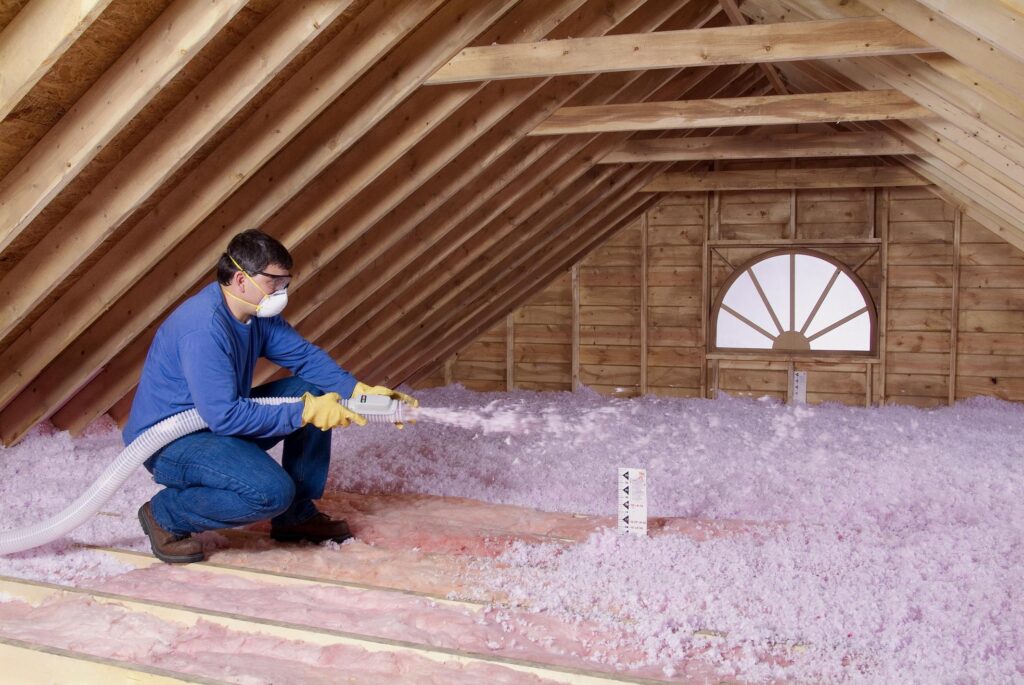
Loose-fill and blown-in insulation are particularly well-suited for insulating wall cavities, attics, and other hard-to-access locations within a home. These types of insulation are designed for areas that may be fully or partially enclosed, providing an effective solution for spaces with irregular shapes or difficult access points.
Blown-in insulation is aptly named as it is blown into the target cavity using specialized equipment. This method is often carried out by professionals, although some homeowners may have the option to rent the equipment for a DIY approach.
Similarly, loose-fill insulation is designed to be poured into enclosed or partially enclosed spaces, filling them with insulation material. This flexibility makes it especially convenient for insulating irregularly shaped areas where other types of insulation may be challenging to install.
Both blown-in and loose-fill insulation offer advantages in terms of accessibility and adaptability to various spaces. However, it’s essential to note that professional expertise may be needed, particularly for blown-in insulation, to ensure the correct and effective installation. For those considering a DIY approach, rental of specialized equipment and careful adherence to installation guidelines are crucial for optimal insulation performance in hard-to-access locations.
6.Spray Foam Insulation
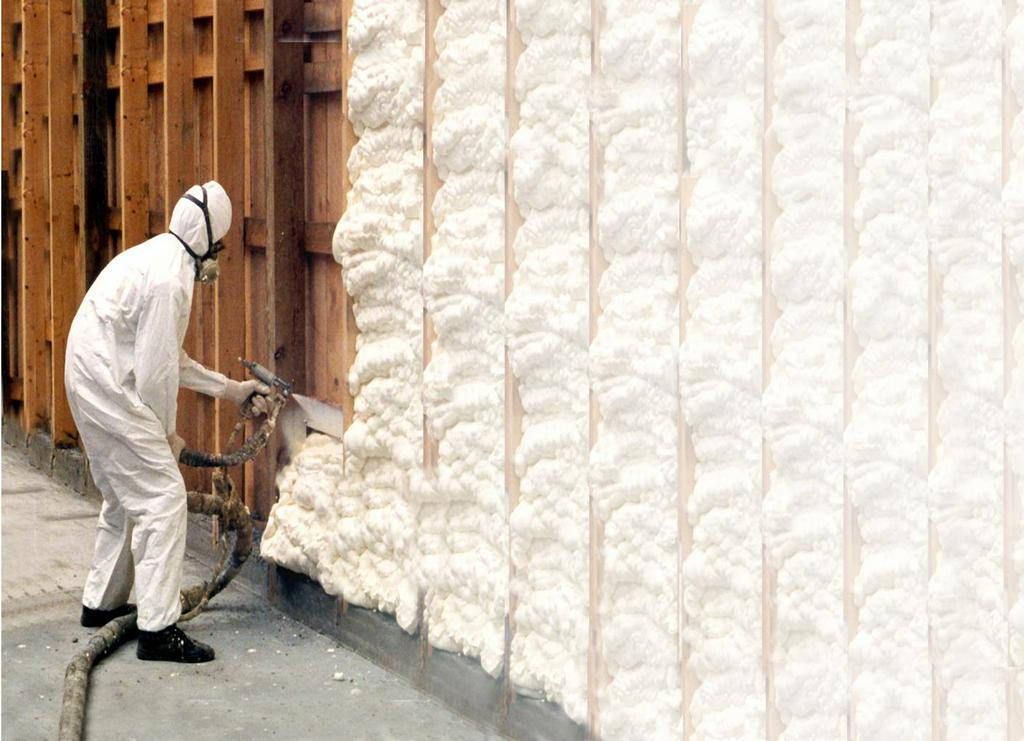
Spray foam insulation is an excellent choice for various applications, making it suitable for enclosed existing walls, unfinished attic floors, and open new wall cavities. This versatile insulation material is applied using a small spray container or a larger, high-pressure spray foam applicator.
Spray foam insulation is typically made of polyisocyanurate or polyurethane. Upon application, it forms a cementitious or phenolic material that adheres, expands, and hardens. This expansion ensures that the material effectively fills and seals gaps and voids, providing an airtight and well-insulated space.
One of the advantages of spray foam insulation is its adaptability to various surfaces and configurations. It can be applied to enclosed walls, open cavities, unfinished attic floors, irregularly shaped spaces, and around obstructions, making it a versatile solution for different insulation needs.
After the application, spray foam insulation hardens, and any excess material that protrudes can be trimmed or shaved down using a utility knife. While spray foam insulation can be applied by DIYers, it’s crucial to follow proper safety precautions and application guidelines. For more extensive projects or if there’s any uncertainty, seeking professional assistance is recommended to ensure the insulation is applied correctly for optimal energy efficiency and performance.
7.Structural Insulated Panels (SIPs)
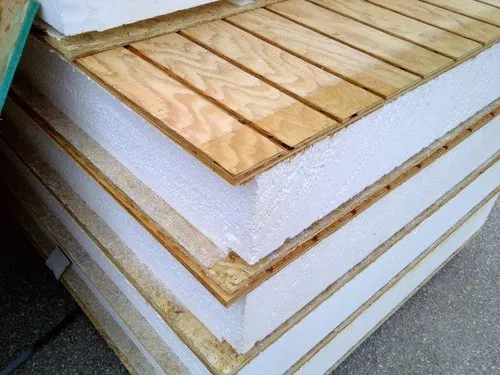
Structural Insulated Panels (SIPs) are an excellent choice for insulating unfinished walls, ceilings, floors, and roofs in new construction. These panels typically consist of foam board, liquid foam, or a straw insulation core, depending on the specific product and manufacturer. SIPs provide a high level of insulation, reducing heat transfer and contributing to energy efficiency in new homes.
However, it’s important to note that SIPs are not suitable for DIY installation. Professional installers are required to properly glue, press, and cure the SIP panels to ensure they don’t delaminate during installation. The precise construction and installation process demands expertise and specialized equipment.
SIPs offer advantages such as quick installation and enhanced thermal performance. They are a popular choice for new builds where energy efficiency and insulation are primary considerations. By using SIPs, homeowners can potentially lower utility costs and create a more comfortable living environment.
For those considering SIPs for their new construction project, it’s essential to engage professional installers to ensure the correct application and maximize the benefits of this advanced insulation technology.
Conclusion
Selecting the right insulation for a construction or renovation project is crucial and involves considering various factors such as application, DIY feasibility, and desired insulation levels. Fiberglass insulation, cellulose insulation, and foam board are popular choices, each with its advantages and considerations. Spray foam insulation is effective for filling gaps, while mineral wool offers versatility and fire resistance. Eco-friendly options like denim, sheep’s wool, and cork insulation are sustainable choices. Reflective insulation and concrete block insulation cater to specific needs like moderating indoor temperatures. Insulating concrete forms (ICFs) integrate insulation into the structure, suitable for new builds. Blanket batts and rolls are versatile and DIY-friendly, while loose-fill and blown-in insulation address hard-to-access spaces. Reflective or radiant barrier systems offer affordability but work best in combination with other materials. Spray foam insulation is ideal for enclosed walls and irregular spaces but requires careful application. Structural insulated panels (SIPs) provide efficiency in new construction but necessitate professional installation. In the end, the optimal choice depends on the unique project requirements, and professional guidance ensures proper installation for long-term energy efficiency.






More Stories
How To Clean Shower Glass Doors Soap Scum
How To Turn Off Water To Toilet With No Valve
How To Make A Cheap Patio On Grass